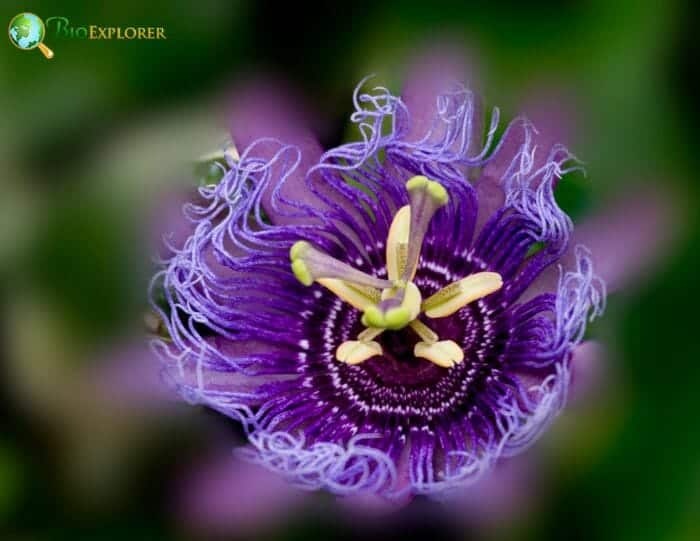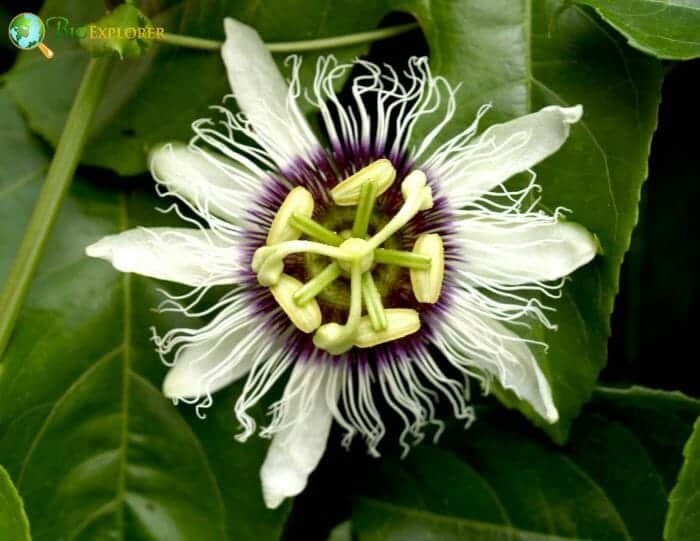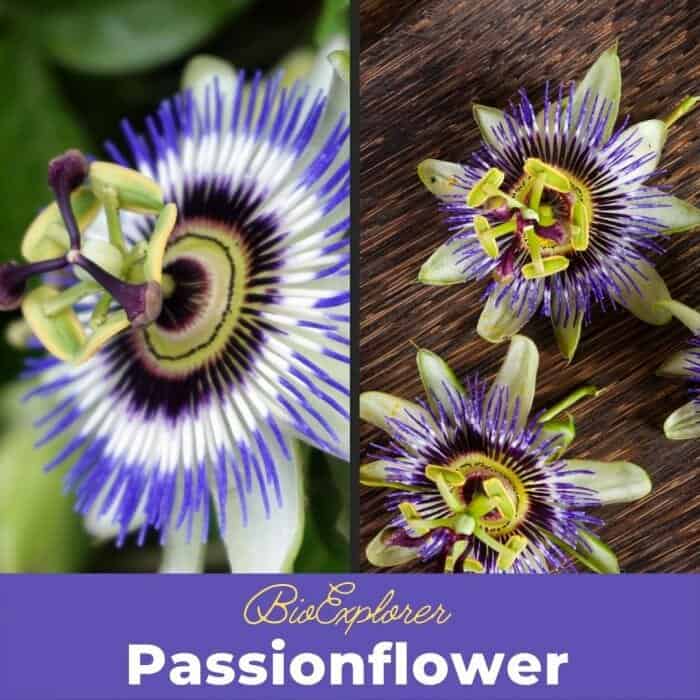
Summer is the time for watering cans, lemonade, and amazement at a beautiful rarity that climbs our fences and gates: the passionflower (Passiflora edulis).
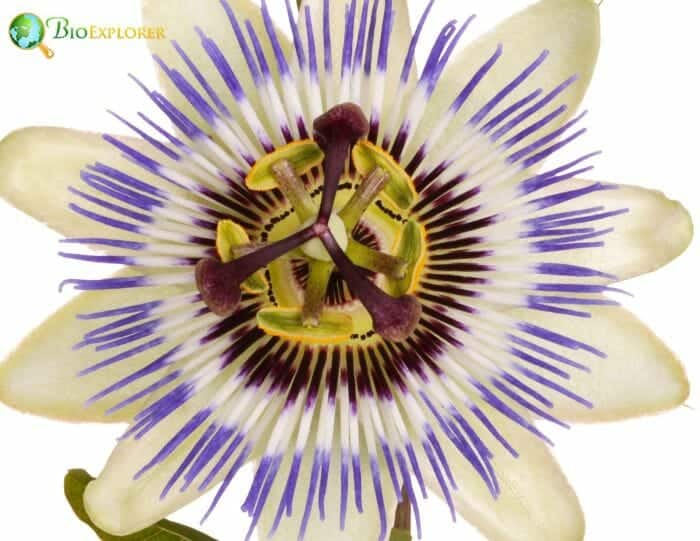
Passionflowers are a genus of around 500 species[1] characterized by a characteristic pattern of radiant filaments and tiered structures.
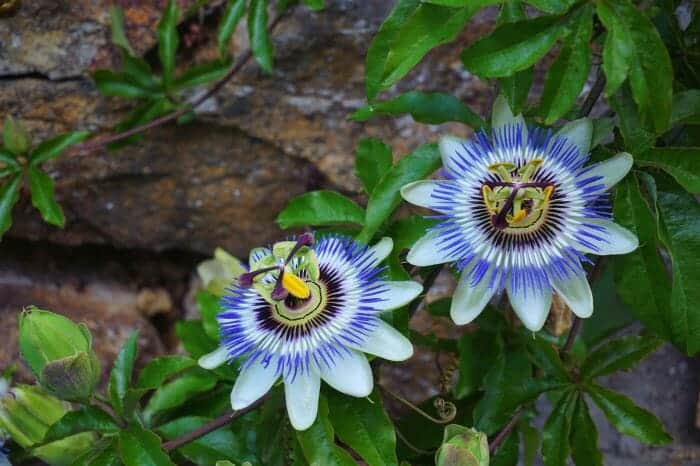
The passionflower has long fascinated gardeners, botanists, and even theologians. These vigorous vines are native to America that will add a tropical look to your garden.
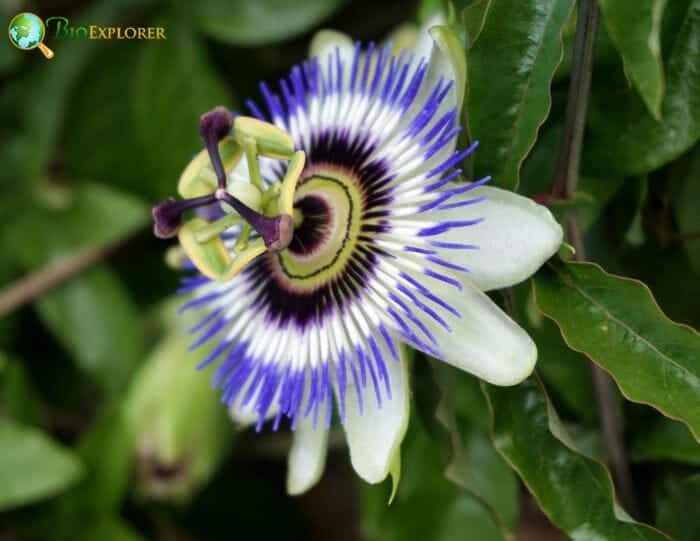
The passion flowers are mostly twisted vines, and some are trees or shrubs. They can be herbaceous or woody. Individual leaves are lobed or whole, and a single plant can produce a variety of leaf shapes.
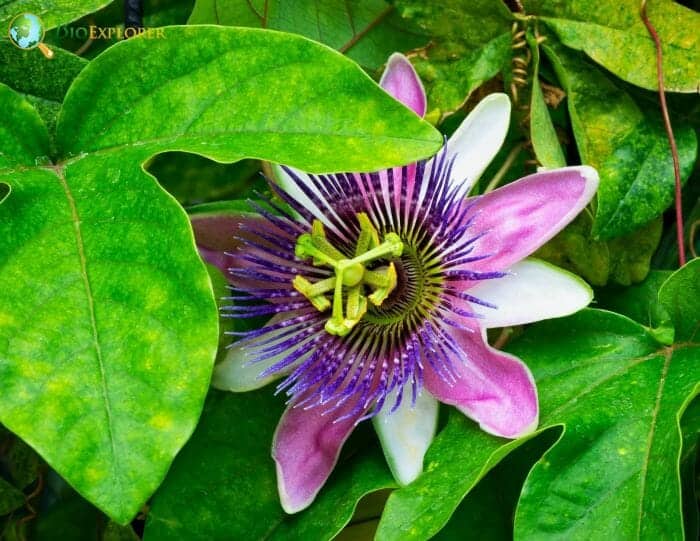
The shape of the passion flower ranges from a flat saucer shape to a long trumpet-shaped or cylindrical tube that produces 5 sepals, 5 petals, and numerous thread-like or membranous tubular outgrowths its upper edge. Passionflowers are around 3 inches in diameter and are usually white, pink, blue, purple, red, or multicolored.
